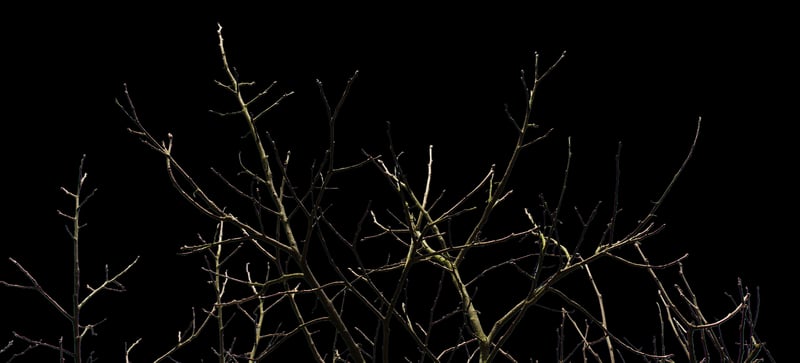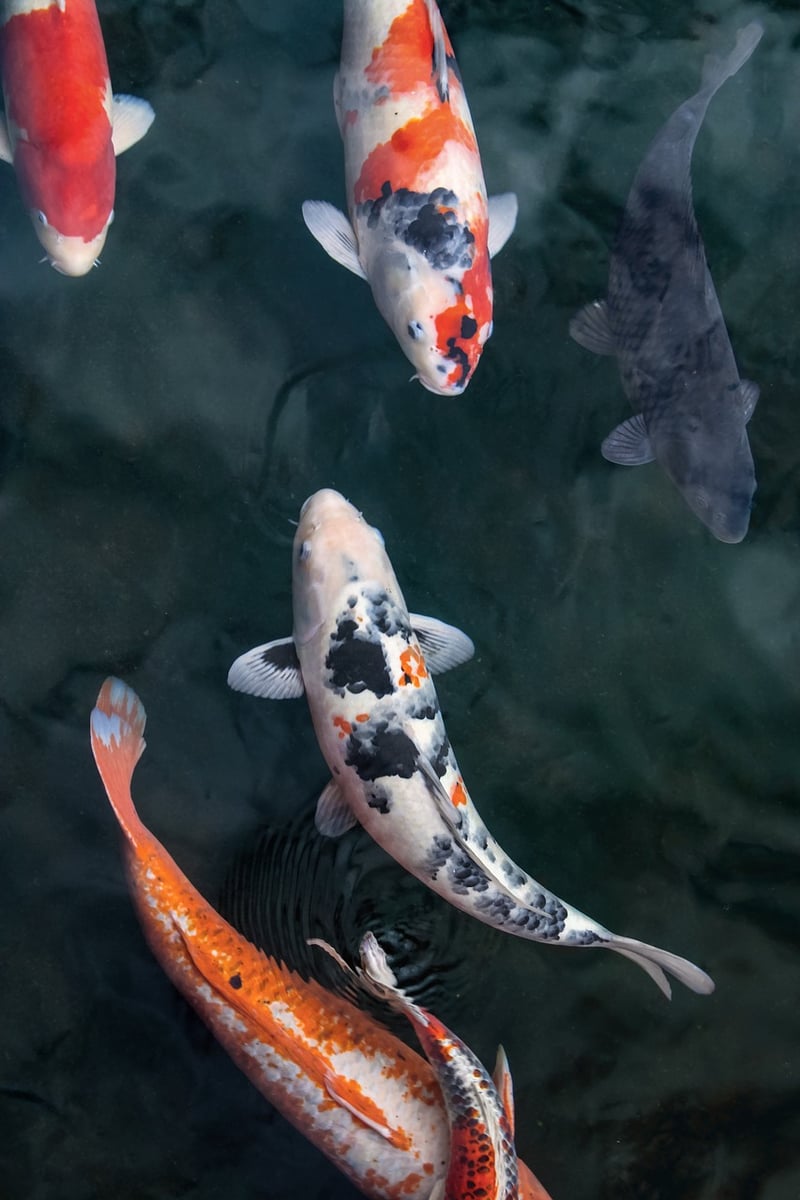Texture Variation
Enhance the Visual Appeal of Your Garden with Texture Variation

Having a visually appealing garden can elevate the overall look of your outdoor space. One way to enhance the aesthetic appeal of your garden is by incorporating texture variation into your landscaping design. Texture variation adds depth, interest, and dimension to your garden, making it more visually engaging.
Why Texture Variation Matters
Texture variation in a garden refers to the juxtaposition of different textures, such as smooth, rough, glossy, or matte surfaces. By introducing a mix of textures, you create visual contrast and intrigue that can transform a mundane garden into a captivating outdoor oasis.
How to Incorporate Texture Variation
- Plant Selection: Choose plants with diverse textures, such as fuzzy lamb's ear, spiky yucca, or glossy magnolia leaves. Mix and match these plants to create a rich tapestry of textures.
- Hardscaping Elements: Integrate hardscaping elements like stone pathways, wooden fences, or metal sculptures to introduce different textures into your garden design.
- Water Features: Incorporate water features like fountains or ponds to add a reflective and dynamic element to your garden's texture palette.
- Decorative Accents: Use decorative accents such as textured pots, ornamental grasses, or woven baskets to further enhance the texture variation in your garden.
Maintaining Texture Variation
Regular maintenance is essential to preserve the texture variation in your garden. Prune plants, clean hardscaping elements, and replace worn-out decorative accents to ensure that your garden's textures remain vibrant and appealing.
By incorporating texture variation into your garden design and maintaining it diligently, you can create a visually stunning outdoor space that will be a source of joy and relaxation for years to come.

